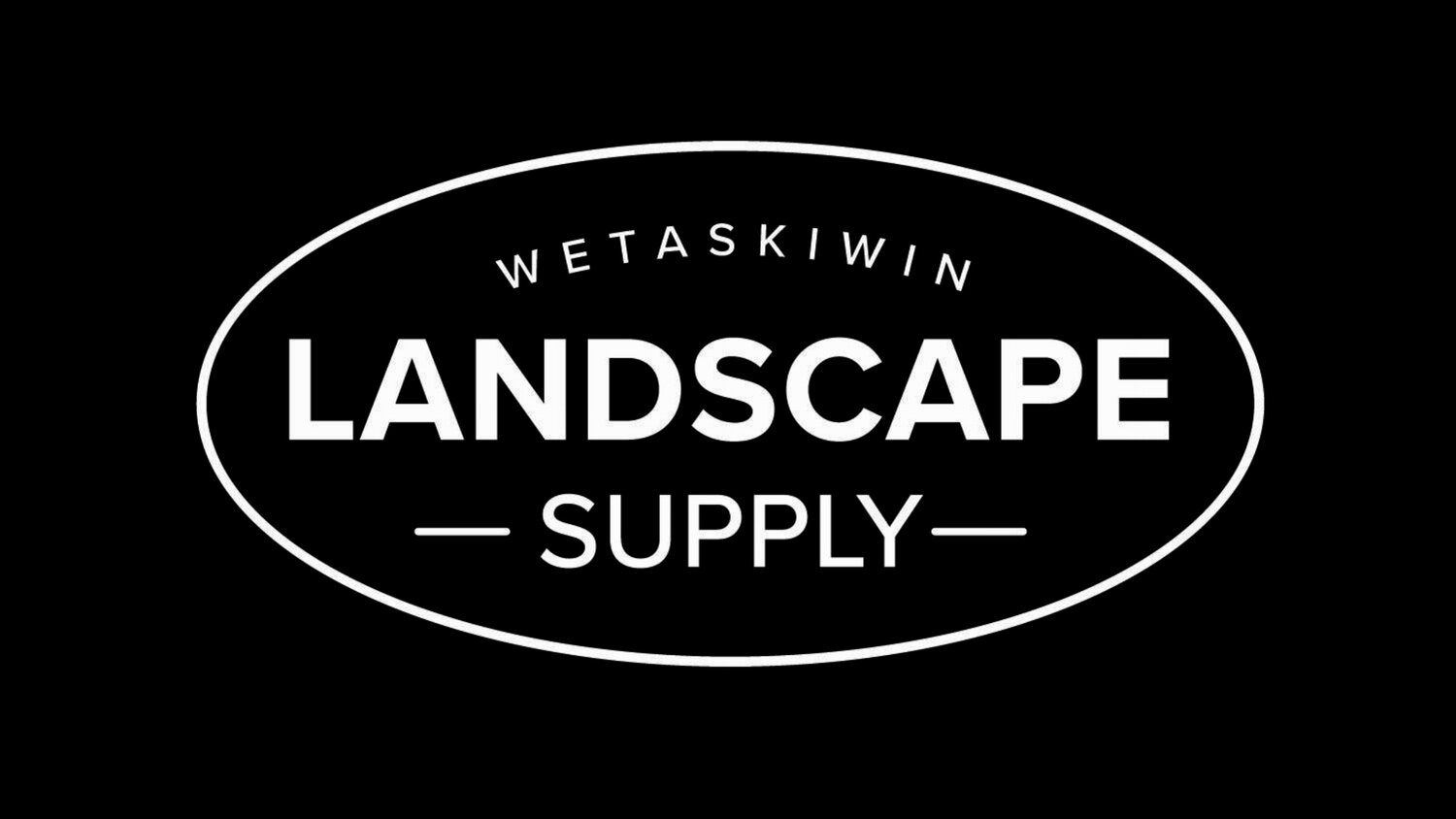Picture this, You ordered a yard of Cypress Rainbow and some Stackstone Edgers for a decorative garden bed but need some additional supplies for prep or final touch. We carry a small but specialized supply of tools to hopefully save you some running around town. We also offer some tools or trailers for rent for small scale project.
Lets build a garden. For the example scenario, we carry, sell or rent items in bold.
The first step is to prepare the area where the garden is being built.
We have Spades, Shovels, and Landscape Rakes to clean up the old product or debris. Rent a Hand/Plate Tamper to pack the ground and use a Landscape Level to check the grade for future drainage and edging. If needed Rent a Trailer to haul old product or dirt or grass out.
Now the Edging/Retaining Wall can go up
Strips of Snap Edging can be laid down to both guide the direction and support the Edger/Blocks from moving or shifting. Looking at the garden you want to separate more of the backyard garden but without more STACKSTONE or Blocks . Plastic 20ft Edging can be dug into the ground giving a inch of separation and a clean look. Landscape Stakes and Nails(sold in kits) are hammered in the edging to hold it down. Now the STACKSTONE can be placed along the back of the Snap Edging. We are building the STACKSTONE up 2 blocks high and as such use the LEVEL to confirm the first layer of Edging is the desired level (ideally flat). Now we use BRICKSTOP Paver/Retaining Wall Adhesive to hold the blocks down (if planning for permanence).
Now that the bed is more contained, we can get ready for the rock to go in.
Landscape Fabric ( available in rolls or cut) is laid down in the garden bed to postpone the growth of weeds. Landscape Staples will keep the fabric from moving. Now the CYPRESS RAINBOW can be put into the garden to the desired height. It was awfully close but we ran out rock and need a little bit more. 5 Gallon Pails for more product can be either bought to keep or returned later for a return deposit. Lets say 3 more pails of CYPRESS was enough to finish the decorative garden and with that the initial project is complete.
It looks great but now I am feeling adventurous and want more. (budget is no concern now)
What started as a new Garden Bed with a retaining wall and rock has now expanded to renovating the whole backyard. The sunlight is not the greatest and the dog has ruined the dream of keeping the grass green. Synthetic Landscape Turf applied on a Gatorbase surface gives you a durable alternative for grass/sod that is also pet resistant. Similarly Rubber Mulch gives a highly durable and low maintenance mulch that does not discolor like regular mulches. In addition to the Grass, BARKMAN PAVERS are brought in to make a walkway to the garden. Polymetric Sand can be used to fill the gaps between the blocks to create a more even surface when walking on. Next a variety of Garden Accent and Pathlight are installed along the new walkway and onto the retaining wall to light up the backyard in the night. The walkway heads off from the garden and circles around a Circular Firepit Kit with a inner ring, gloves and adhesive. And finally to maximize the backyard potential and make the neighbors jealous, supplies for a water feature are offered. A Pond Base/Lining , Water Pumps, Tubing and Boulders make a easy to maintain natural fountain that is accessible in fall/spring for pump access. The end result is a extravagant (if not synthetic in this case) backyard that will endure the elements and raise property value.
This was an exaggerated scenario using as many additional products as possible, but it should paint a picture of some of the things we can offer and what you could accomplish with your own projects. For a cheaper budget and more maintenance, the Synthetic turf and mulch would be replaced with regular grass and cedar mulch. Rent a Seed Spreader, buy a Pail of Grass Seed and pick up a Sprinkler/Nozzle and attempt to fix the rough patches in the grass. Alternatively we can order Rolls of Sod for faster results.

